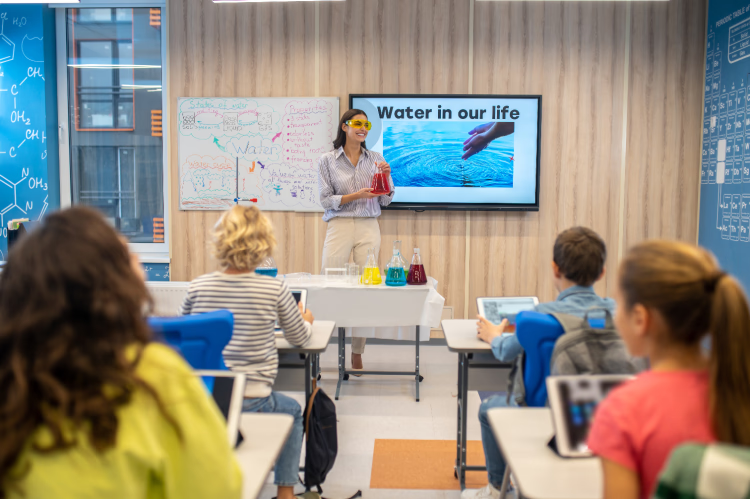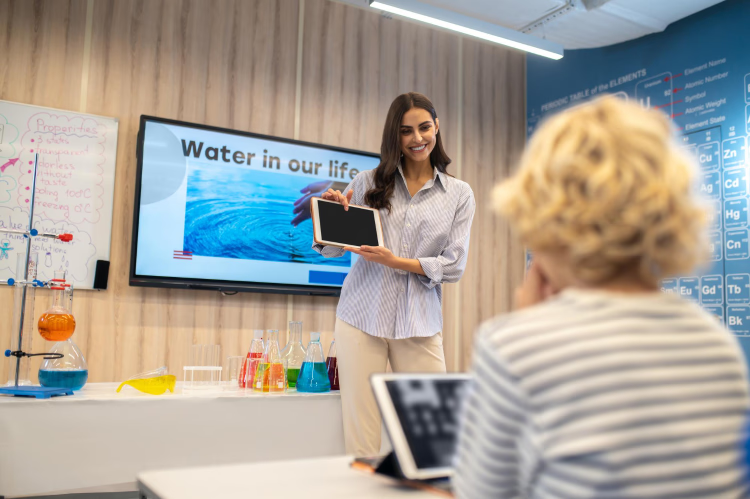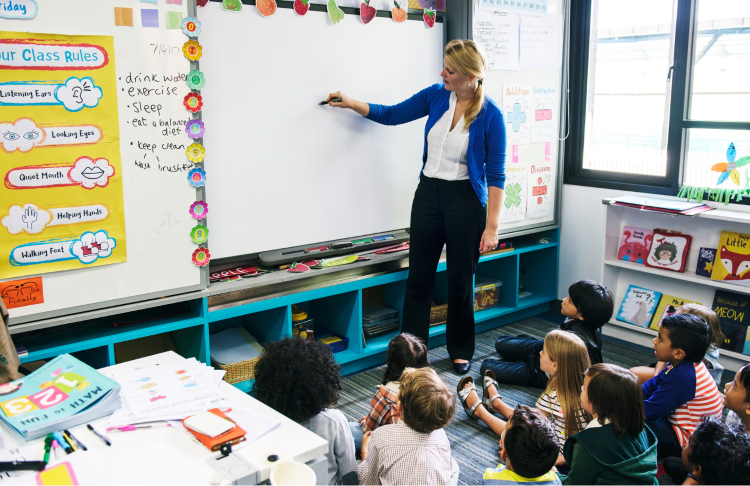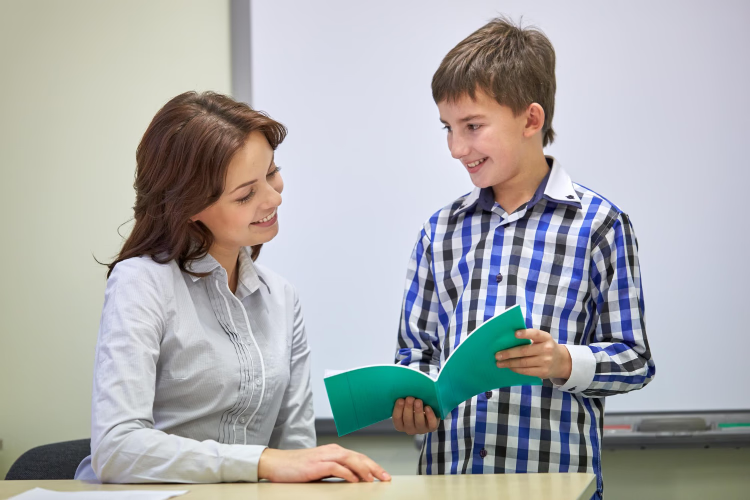Imagine stepping into a classroom where every student brings a unique culture, a fresh perspective, and a compelling story. It’s not just a teaching space—it’s a vibrant exchange of ideas, a melting pot of traditions, and a hub for shaping global citizens. Teaching in international classrooms goes beyond delivering lessons; it fosters connections, inspires curiosity, and prepares students for a world without borders.
But let’s be honest—this journey isn’t without its challenges. Adapting to new cultures, navigating diverse learning needs, and understanding global education systems can feel overwhelming. That’s where readiness becomes crucial.
In this blog, we’ll cover:
- Who is an international teacher?
- What is international teacher readiness?
- Six parameters of international teacher readiness
- Conclusion
First, let’s understand what it means to be an international teacher and why this career path is so rewarding.
Being an international teacher is about so much more than delivering lessons. It’s about stepping into classrooms filled with diverse cultures, unique perspectives, and countless stories. It’s an opportunity to inspire students from all over the world while growing and learning alongside them.
For example, a teacher from India who moves to the USA doesn’t just adapt to a new education system—they also navigate a different culture and bring their expertise to the classroom. It’s a journey of growth and connection, shaping young minds and learning from them.
On the other hand, teaching at an IB school in India allows you to work with a global curriculum, interact with students from varied cultural backgrounds, and bring international perspectives into your teaching. Both paths offer the chance to connect deeply with students and make a global impact.
But stepping into these dynamic classrooms isn’t just about passion—it takes preparation. Thriving as an international teacher means developing the skills and mindset to succeed in diverse learning environments. That’s where International Teacher Readiness comes in. Let’s explore what it means and why it’s essential.
International Teacher Readiness is about being fully prepared to thrive in global classrooms. As said earlier—it’s about being adaptable, understanding different cultures, and meeting the needs of students from all walks of life.
This readiness ensures you can teach confidently, connect meaningfully, and lead effectively in diverse educational environments.
At Suraasa, we’ve developed a framework for International Teacher Readiness by analyzing the needs of international schools and global teachers. Being an international teacher is more than just teaching—it’s about thriving in diverse, dynamic, and often challenging environments. So, how do you measure your readiness for such a role? Here are six key parameters that define what it takes to excel as an international teacher.
Let’s start with Attitude. Imagine entering a classroom mid-year, students still adjusting, lessons behind schedule, and parents seeking quick results. Dealing with challenges like these requires resilience, quick thinking, and a problem-solving mindset. But attitude isn’t just about managing hurdles—it’s also about showing up prepared and professional, especially during interviews. Researching the school, understanding its culture, and presenting yourself confidently can make all the difference when you're vying for a role at an international institution.
Next up is Presentation Skills. Clear communication is non-negotiable. Whether explaining a complex math problem to your students or addressing a concern with a parent, your ability to articulate your thoughts matters. For example, teachers with a clear, neutral accent often find it easier to connect with a diverse student body. English proficiency, both written and spoken, ensures that instructions are seamless and universally understood.
Then comes Internationalism. Picture this: your class is celebrating cultural week. You’re weaving the traditions of five different countries into your lesson plan, ensuring every student feels represented. This is where cultural competency shines. Teachers who embrace diversity and adapt their teaching to fit cultural contexts create inclusive and meaningful classrooms. Add to this the effective use of technology—whether it’s gamified learning or virtual field trips—and you’re crafting experiences that are both engaging and globally relevant.
Now, Pedagogy. Effective teaching starts with thoughtful lesson planning. Your plans need clear objectives, engaging activities, and room for reflection. Delivery is equally important—it’s not just what you teach but how you teach it. Let’s say you’re managing a particularly rowdy class. Classroom management skills can turn chaos into a productive learning environment. And don’t forget assessments—they’re not just about grades but about providing feedback that helps students grow.
Then there’s Subject Knowledge. It’s not just about knowing your material—it’s about making it meaningful. For example, teaching the Industrial Revolution in history becomes powerful when you relate it to modern-day technological advancements, showing students how past innovations shape their world today. This approach makes learning both relevant and impactful.
Finally, we have Regulatory Readiness. This is about ensuring you’re prepared for the formal requirements—your qualifications, safeguarding knowledge, and even background verification. For instance, understanding child protection policies ensures that you’re fostering a safe student environment. Providing strong professional references adds that final touch of credibility.
We’ve explored the six parameters of international teacher readiness, highlighting what it takes to thrive in diverse, dynamic classrooms. If you’ve completed the self-assessment quiz, you’ve already taken the first step in identifying your strengths and areas for growth.
International Teacher Readiness is the key to thriving in global classrooms, and Suraasa’s PgCTL program is designed to help you achieve it. Being internationally ready means having the skills to adapt to diverse cultures, connect with students from all backgrounds, and create meaningful learning experiences in IB and Cambridge schools.
The PgCTL program prepares you for these challenges by teaching you how to design engaging lessons, manage cultural dynamics, and lead confidently in international settings. Many teachers who completed PgCTL have secured positions in top international schools, built rewarding careers, and made a lasting impact on students worldwide.
With the right preparation, you can achieve International Teacher Readiness, opening doors to global opportunities and shaping brighter futures for your students.
















